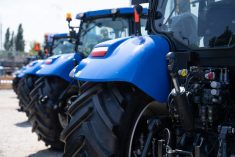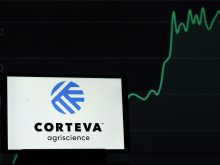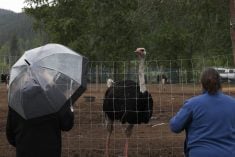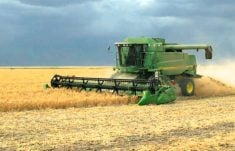The Saskatchewan government will allow drought-stricken livestock producers in the province to graze their animals on as many as 90,000 acres of wildlife land.
Saskatchewan environment minister Herb Cox and agriculture minister Lyle Stewart announced July 14 that 90,000 acres of Fish and Wildlife Development Fund land will be made available for grazing this year.
The wildlife land, located throughout the province, is typically used for conservation purposes.
This year, due to lack of grass and reduced grazing capacity caused by drought, the land will be opened up to livestock.
Read Also
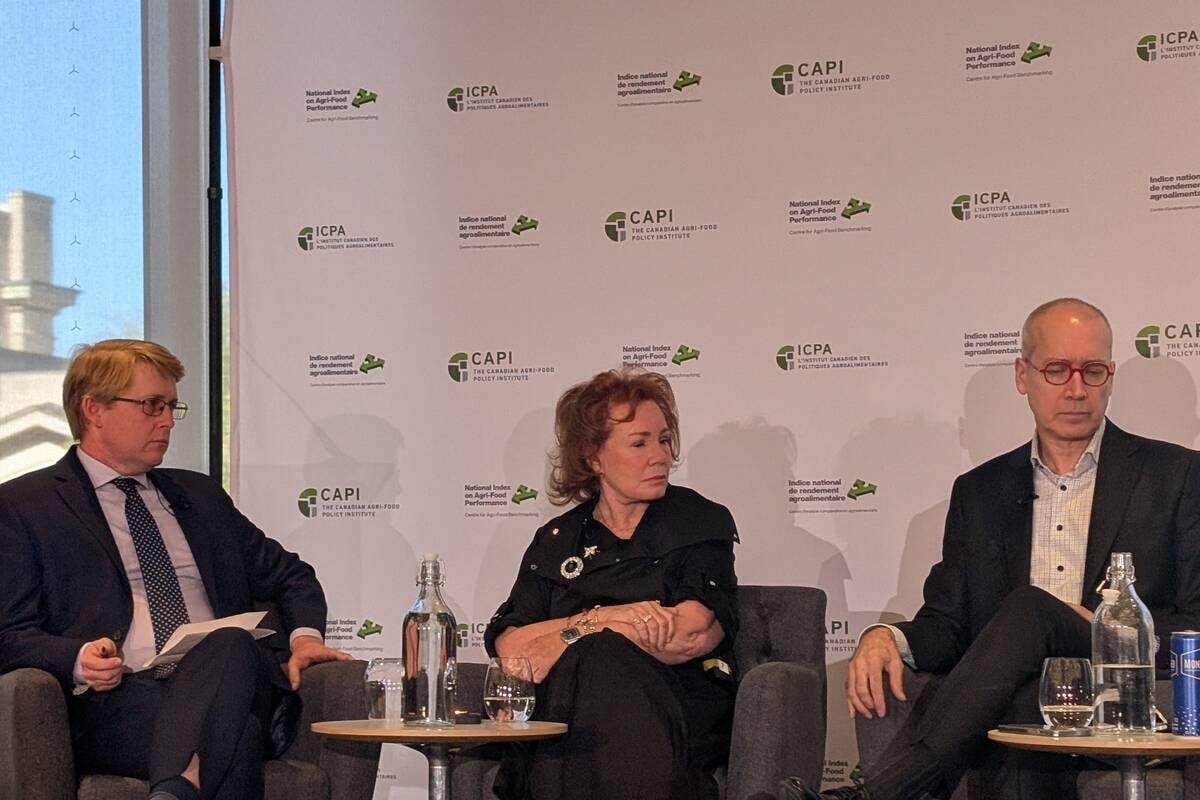
Arlene Dickinson says recent trip to Asia opened her eyes to new trade opportunities
Arlene Dickinson says Canada must take up decades-old suggestions to support the agriculture and food sectors
Some of the land has water and is fenced. Other parcels will require temporary fencing or water.
Producers who are awarded access will be responsible for the cost of fencing and other improvements.
“We recognize the challenges that dry conditions have created for some cattle producers and are pleased to make this land available for grazing,” Cox said in a July 13 news release.
“It will offer significant acres for cattle producers, and revenue generated as a result of this initiative will help fund future conservation initiatives.”
“We appreciate the Ministry of Environment making these lands available,” added Stewart.
“The extremely dry conditions of this spring and summer have left many cattle producers searching for additional pasture. This grassland will help producers who are facing a shortage of feed for their cattle.”
The same grazing lease fees that apply to agricultural crown land will apply to the FWDF land.
Land will be made available on a first come, first served basis. A list of available lands by rural municipality will be made available on the environment ministry’s website at environment.gov.sk.ca/.
Producers who are interested in securing land should contact their local environment office for information on availability, stocking rates and any unique conditions that may apply.
The wildlife fund land was also made available to cattle producers in 2009.
Contact brian.cross@producer.com




